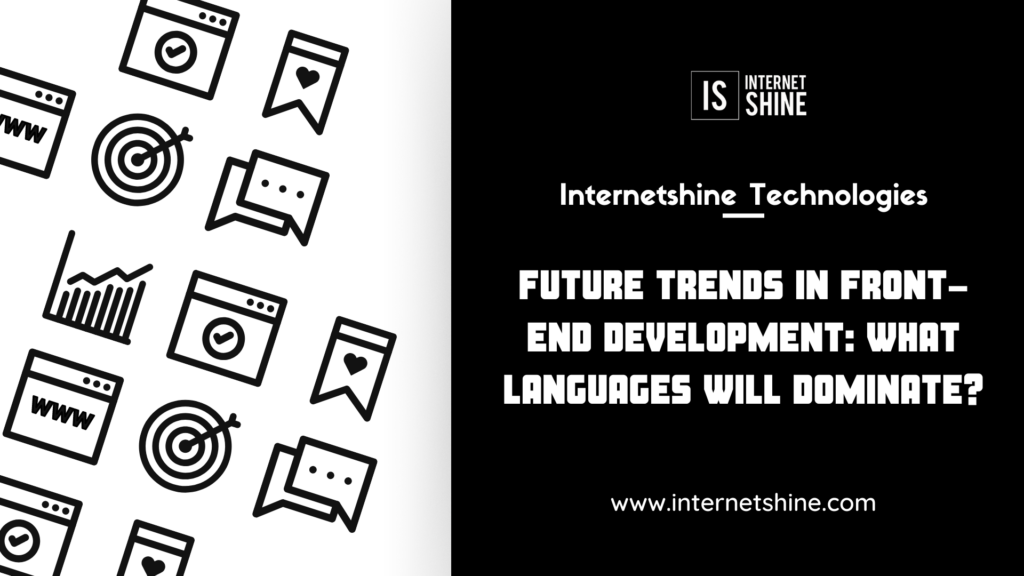The landscape of front-end development is rapidly evolving, driven by advancements in technology and changing user expectations. As we look towards 2024, several key trends and programming languages are poised to dominate the front-end development space.
Key Trends in Front-End Development
1. Single-Page Applications (SPAs)
SPAs continue to lead the charge in front-end development due to their ability to deliver seamless user experiences. They allow for dynamic content updates without requiring a full page reload, enhancing user engagement. Popular examples include Gmail and Facebook, which showcase the efficiency and responsiveness of SPAs.
2. Micro Front-Ends
This architectural trend involves breaking down large applications into smaller, manageable components. Each micro front-end can be developed, deployed, and maintained independently, which enhances flexibility and scalability. This approach mirrors microservices in backend development and is gaining traction as teams seek greater autonomy and faster release cycles.
3. Progressive Web Apps (PWAs)
PWAs combine the best features of web and mobile applications, offering offline capabilities and fast loading times. They are increasingly favored for their ability to provide a native-like experience directly in the browser. Companies like Uber have successfully implemented PWAs, showcasing their effectiveness in improving user interactions.
4. Artificial Intelligence (AI) and Chatbots
AI-driven chatbots are becoming essential in enhancing user experience by providing instant support and personalized interactions. This trend is particularly prominent in e-commerce, where businesses leverage chatbots for customer service and engagement.
5. Augmented Reality (AR) and Virtual Reality (VR)
AR and VR technologies are making significant strides in front-end development, especially in e-commerce. These technologies enable immersive shopping experiences, allowing users to visualize products in their environment or explore virtual stores. Brands like IKEA are already utilizing AR to enhance customer interactions.
6. Voice User Interfaces (VUIs)
With the increasing prevalence of voice-activated devices, VUIs are becoming a standard feature in web applications. They improve accessibility and provide users with a hands-free way to interact with technology, aligning with the trend towards more intuitive user experiences.
7. Performance Optimization
As user expectations for speed and efficiency rise, performance optimization remains a critical focus for developers. Techniques such as code splitting, image optimization, and the use of WebAssembly are being employed to ensure that applications load quickly and run smoothly.
Dominant Programming Languages
JavaScript
JavaScript remains the cornerstone of front-end development. Its versatility and widespread adoption ensure that it will continue to be a dominant language in 2024. Frameworks like React.js and libraries such as Vue.js are built on JavaScript, further solidifying its importance.
TypeScript
TypeScript, a superset of JavaScript, is gaining popularity for its ability to provide static typing, which helps in building robust applications. Its adoption is increasing among developers who seek to improve code quality and maintainability.
HTML and CSS
The foundational languages of web development, HTML and CSS, remain essential for creating structured and styled web content. As new frameworks and libraries emerge, the need for a solid understanding of these languages is more important than ever.
Conclusion
The future of front-end development is bright, characterized by innovative trends and powerful programming languages. As developers adapt to these changes, staying informed about emerging technologies and methodologies will be crucial for creating engaging, efficient, and user-friendly applications. Embracing these trends not only enhances the development process but also significantly improves the overall user experience.
